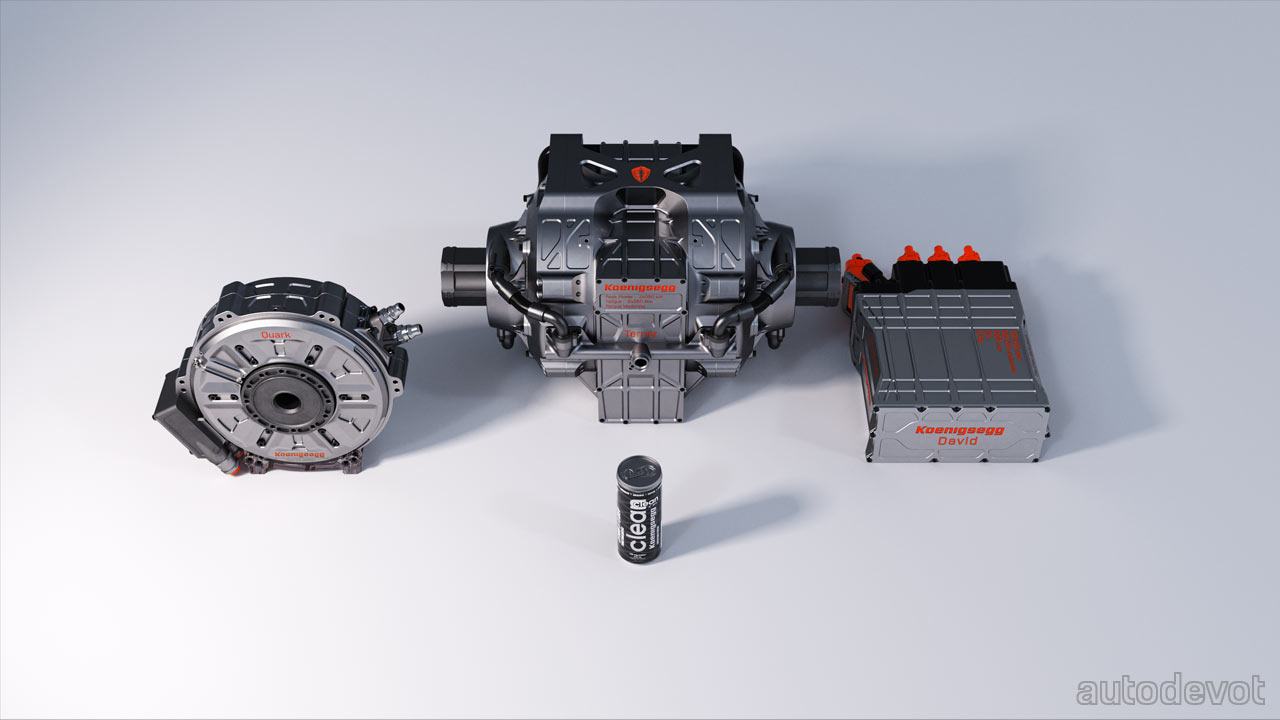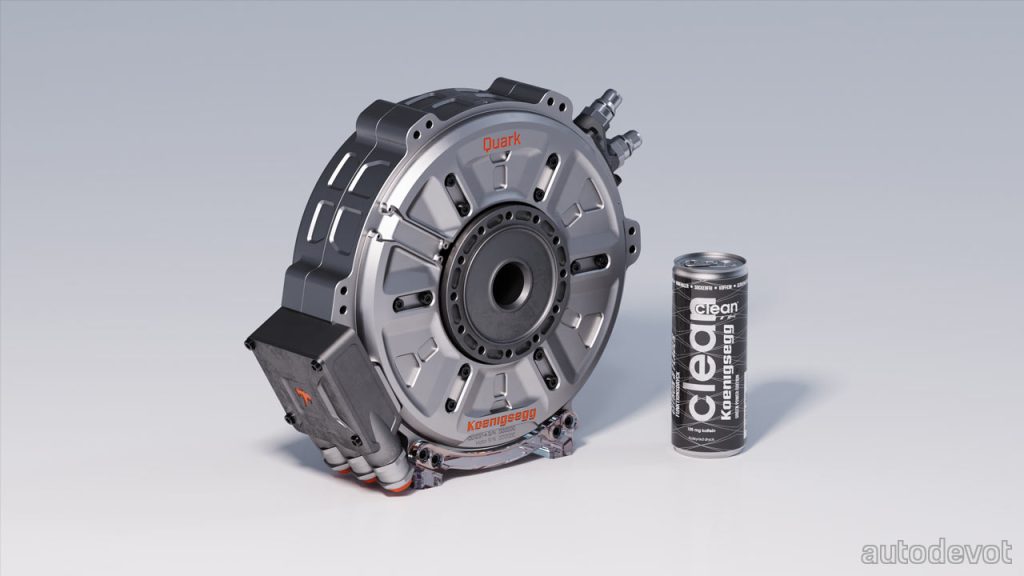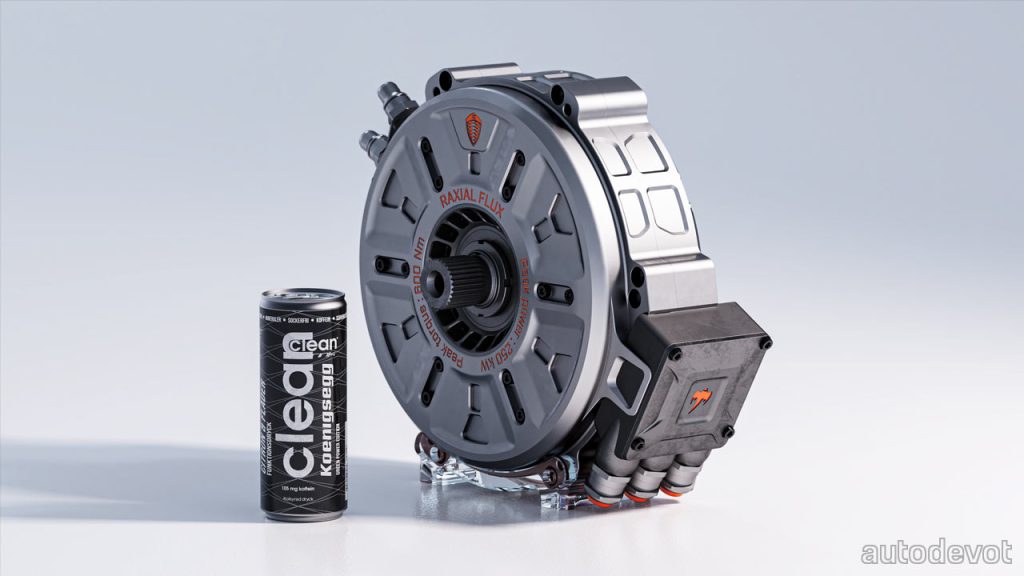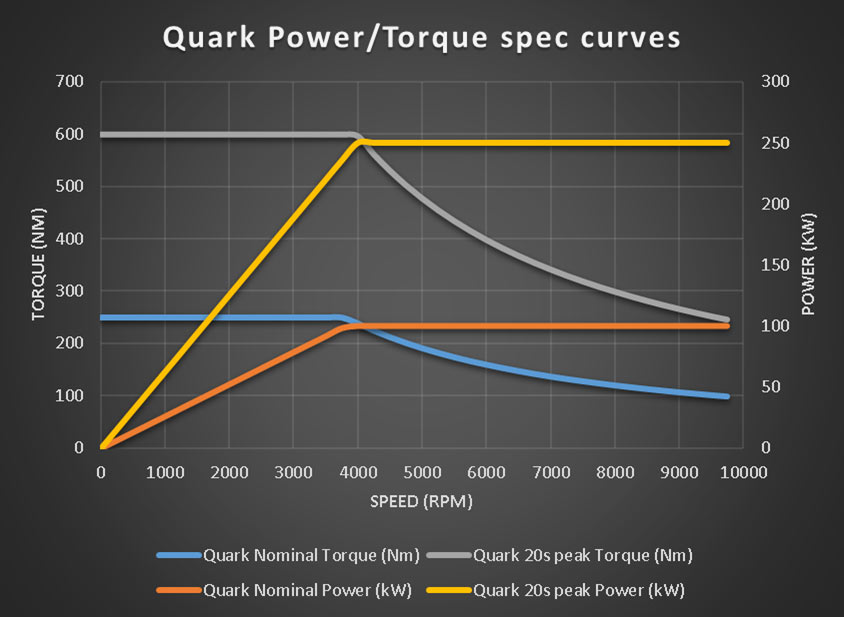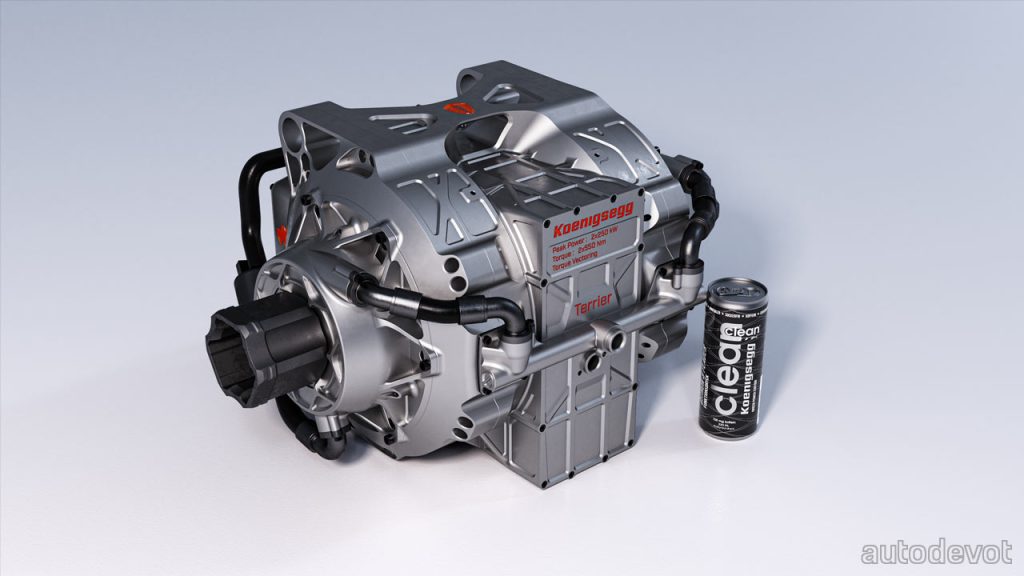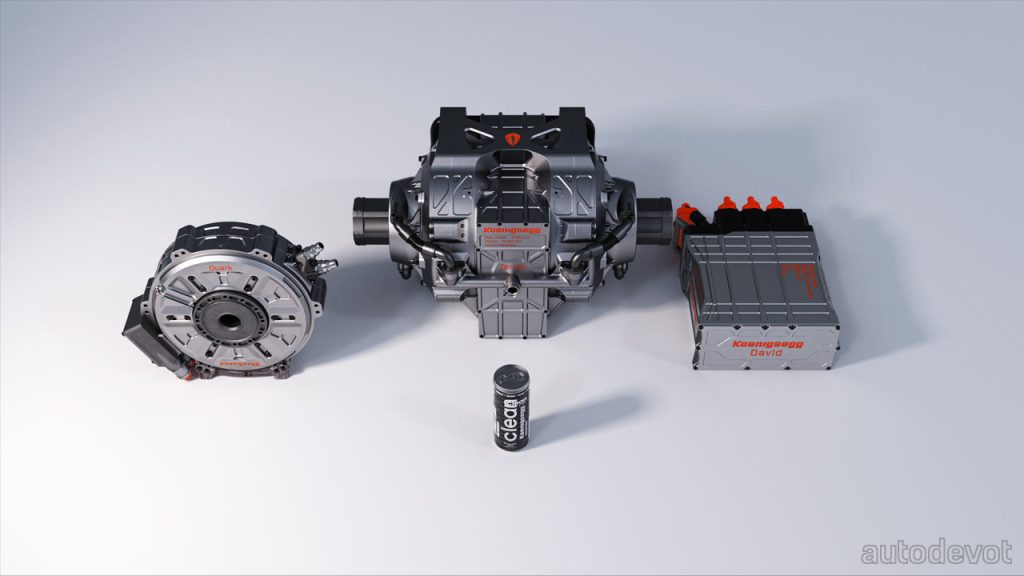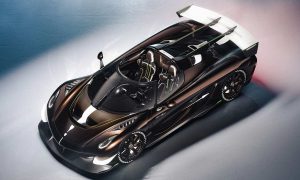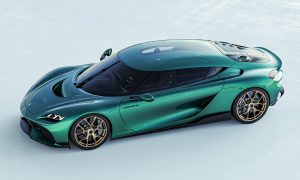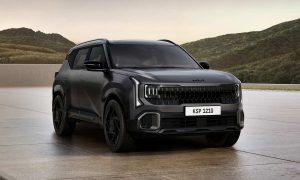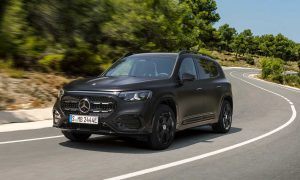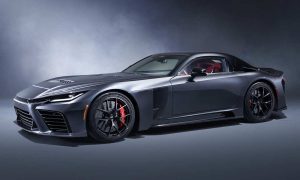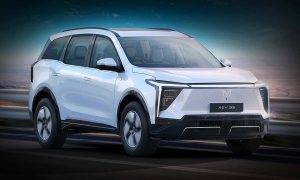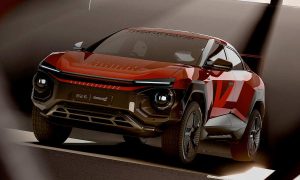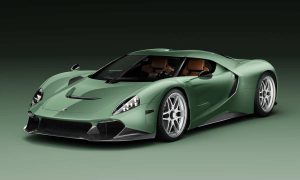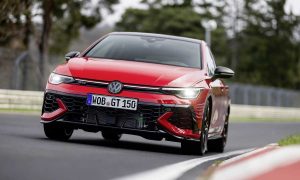After revealing a compact inverter named David not too long ago, Koenigsegg has added two more components to its lineup of in-house developed components. Named Quark and Terrier, these are a new electric motor dubbed as Radial Flux and a torque-vectoring drive unit, respectively. As you can tell from the photos, the drive unit is essentially a sandwich of two Quarks and a David.
If you’re familiar with the Standard Model of particle physics, I think I don’t need to tell you where the name Quark came from. Quarks are the only ones that are said to experience all four fundamental forces (electromagnetism, gravity, strong nuclear force and weak nuclear force). Also, the motor is fairly small, as demonstrated with a beverage can next to it.
So what is this Radial Flux motor anyway? Well, in layman terms, it’s supposed to be a far superior version of the axial flux motor. According to Koenigsegg, it’s a combination of radial and axial flux layouts, enabling the best torque-to-power-to-weight ratio in the industry. E-Motor Development Lead András Székely explains a little bit more:
We constructed the shaft within the Quark out of 300M steel used in motorsports and aerospace. Direct cooling was chosen for its higher cooling efficiency and compact design. Even the rotor uses the Koenigsegg Aircore hollow carbon fiber technology (presently used in Koenigsegg rims, steering wheel, seats, etc). We not only overcame the challenge of the Gemera’s powertrain requirements but also exceeded the goals of making it lighter and smaller than any electric motors in this class. The Quark presents new benchmarks in compact and torque-rich engineering with the first production version weighing just 30 kg (66 lbs), producing up to 600 Nm (442.5 lb-ft) of torque and 250 kW (340 metric hp). Without the extra driveline functions for the Gemera, the Quark can drop below 28.5 kg (63 lbs) in weight.
Boss Christian von Koenigsegg adds more:
The Quark is unique in its high efficiency in combination with its class-leading torque-to-power-to-rpm-to-weight matrix. This means, when using the Quark in applications such as marine, aircraft or VTOL, there is no need for a step-down transmission, instead a direct drive can be achieved, as the rpm of the motor is right from the get-go. Small high-revving motors can have a higher peak power-to-weight ratio, but they need transmissions in most applications in order to get to the desired output rpm and torque, causing energy loss and adding weight and complexity to do the same job. So any benefit in size is lost. In other cases, like the Terrier application, the transmissions can be reduced in size and complexity compared with higher-revving, less torque dense motors, which is also a big win. I guess we’re trying to reach the edge of optimal in-betweeness.
As for the Terrier, well, it comes from a dog breed, since apparently, both the dog breed and the drive unit are characterized by their small, energetic and fearless demeanor. The Terrier needs only one inverter (instead of two), as David’s 6-phase lends 3 phases to each Quark, thereby shaving weight, size and components. It weighs only about 85 kg (187 lbs) and I guess that extra 10 kg (two Quarks: 60 kg and one David: 15 kg) comes from the packaging. As for the combined output figures of the Terrier, well, it can offer 2 x 250 kW (680 metric hp) and 2 x 550 Nm (811 lb-ft).
But anyway, the Terrier is going into the Gemera first.

Leave a Reply
Note: Comments that are unrelated to the post above get automatically filtered into the trash bin.
